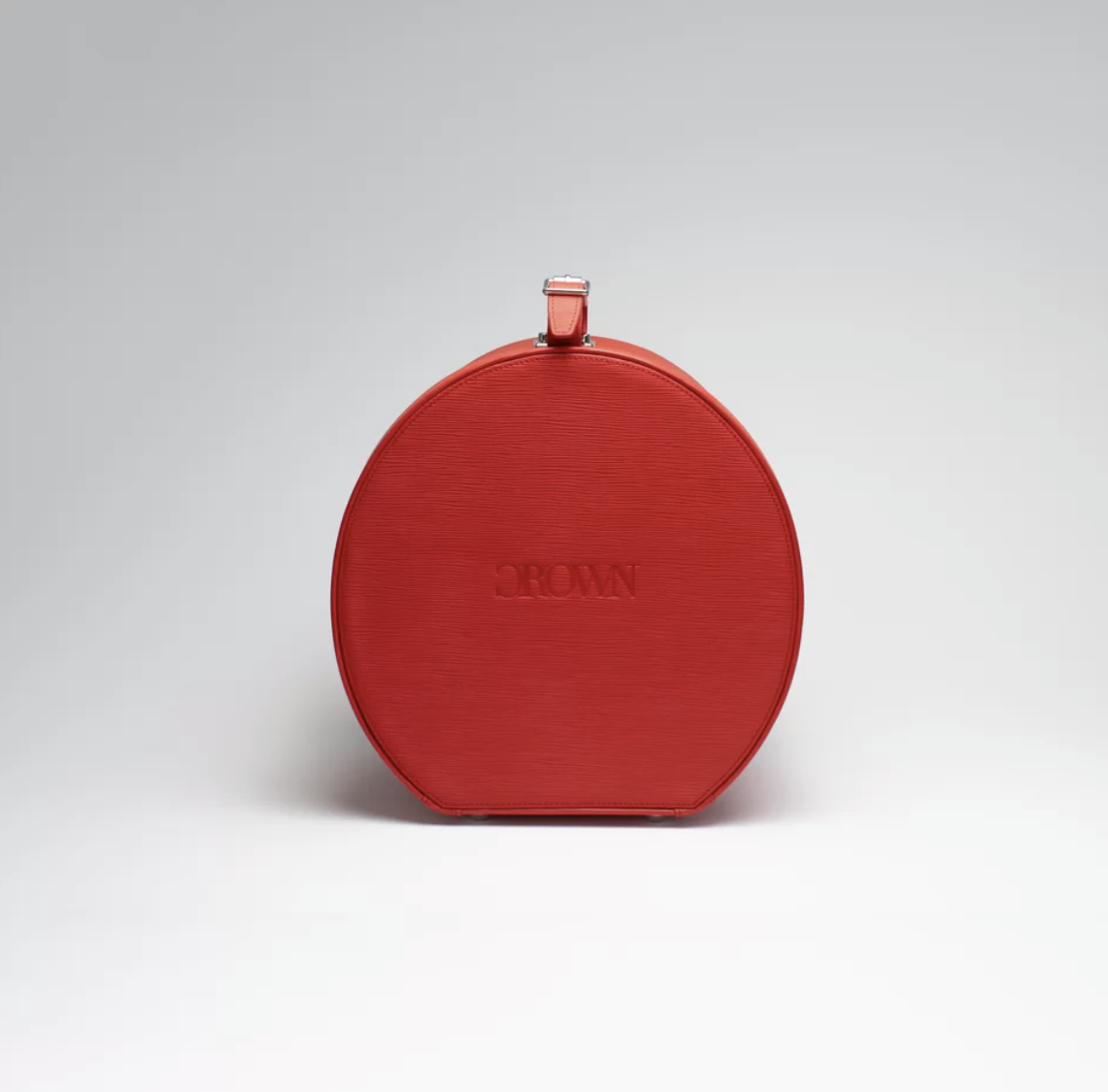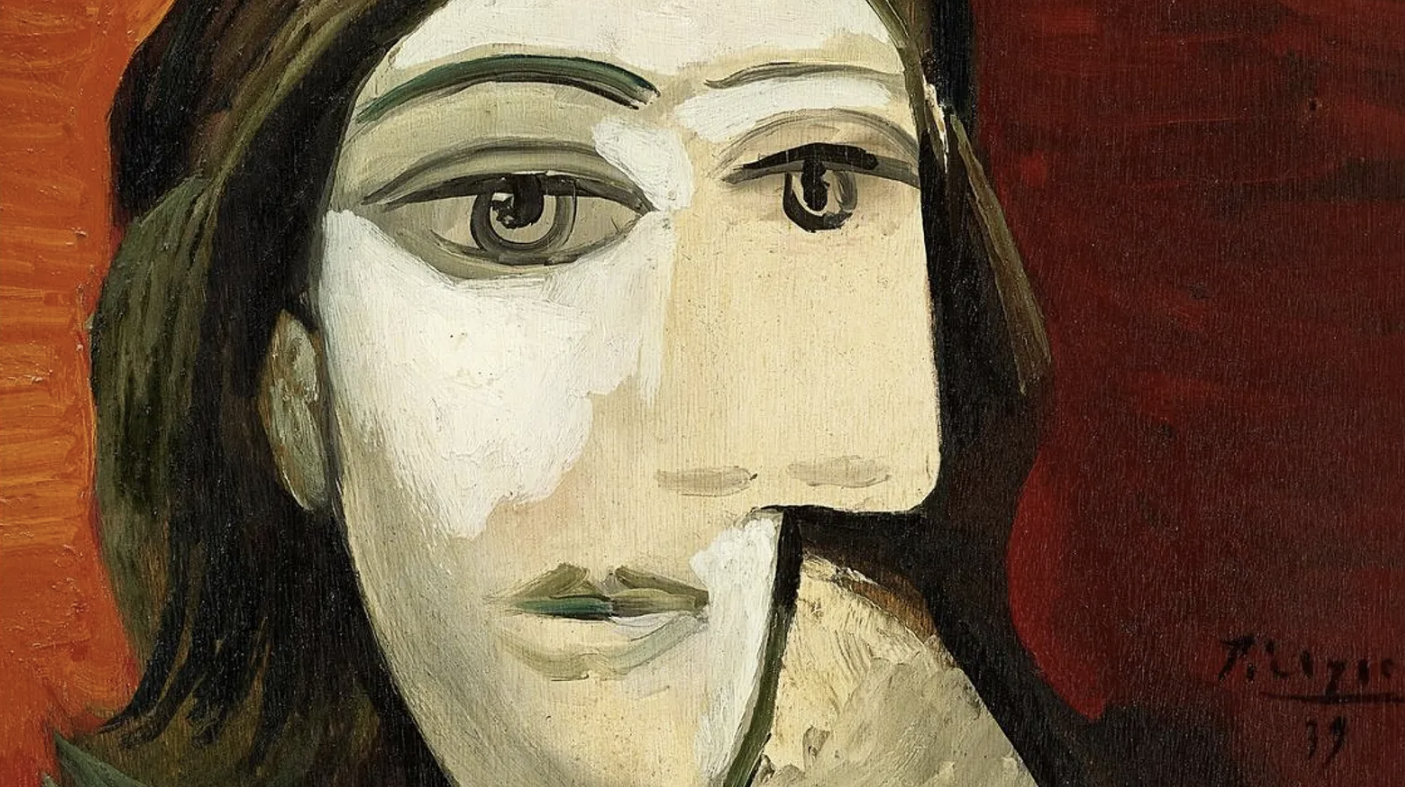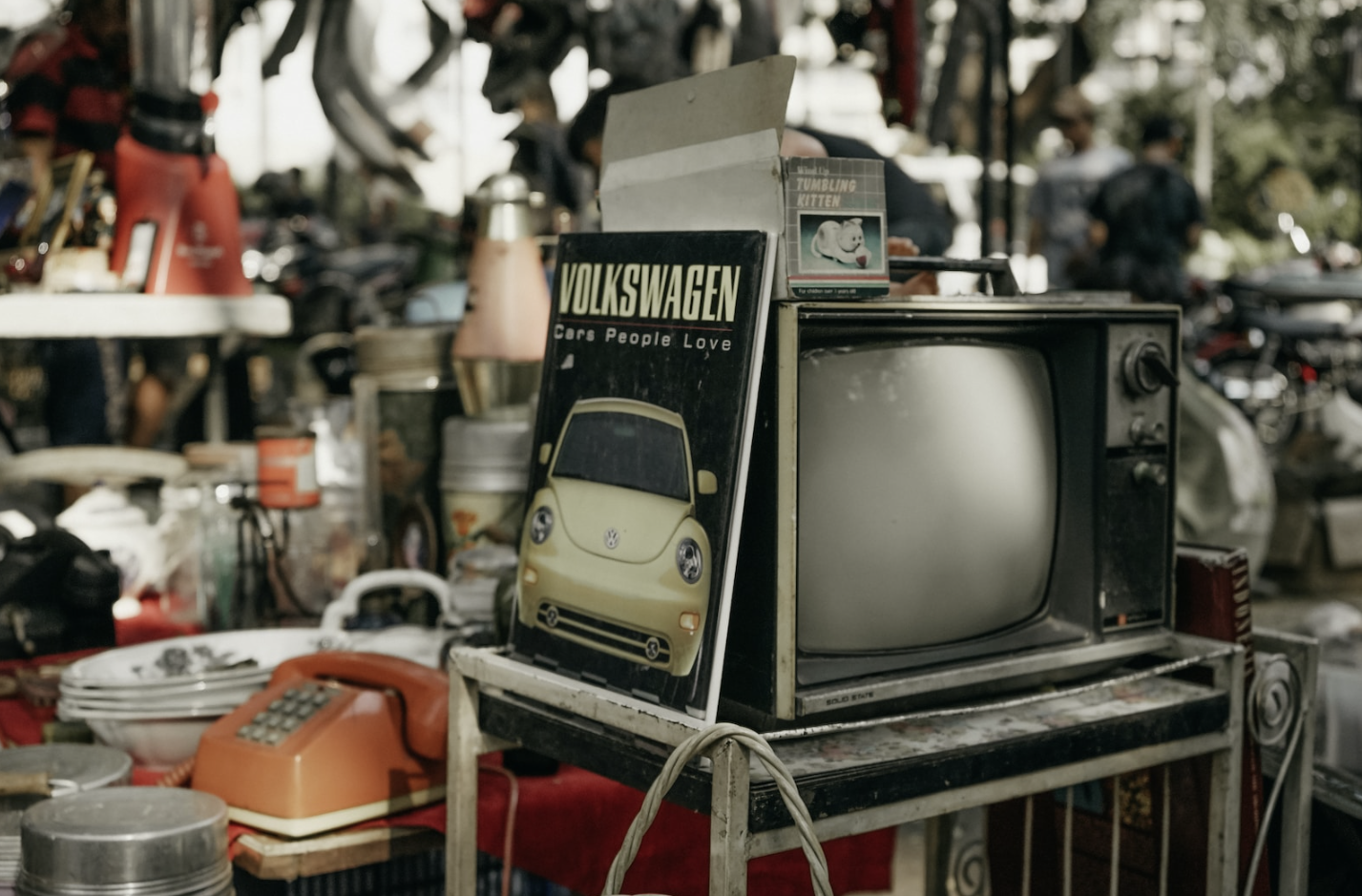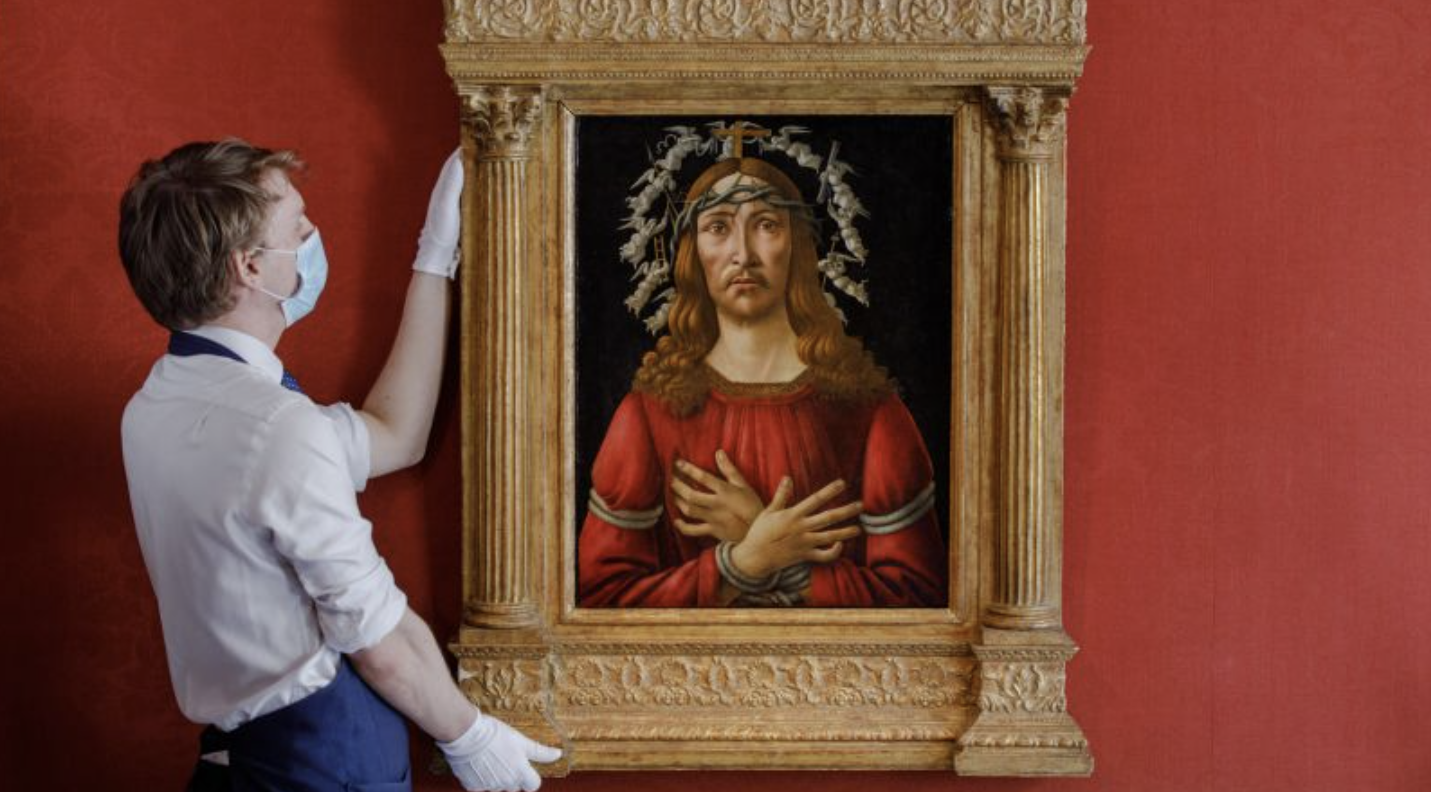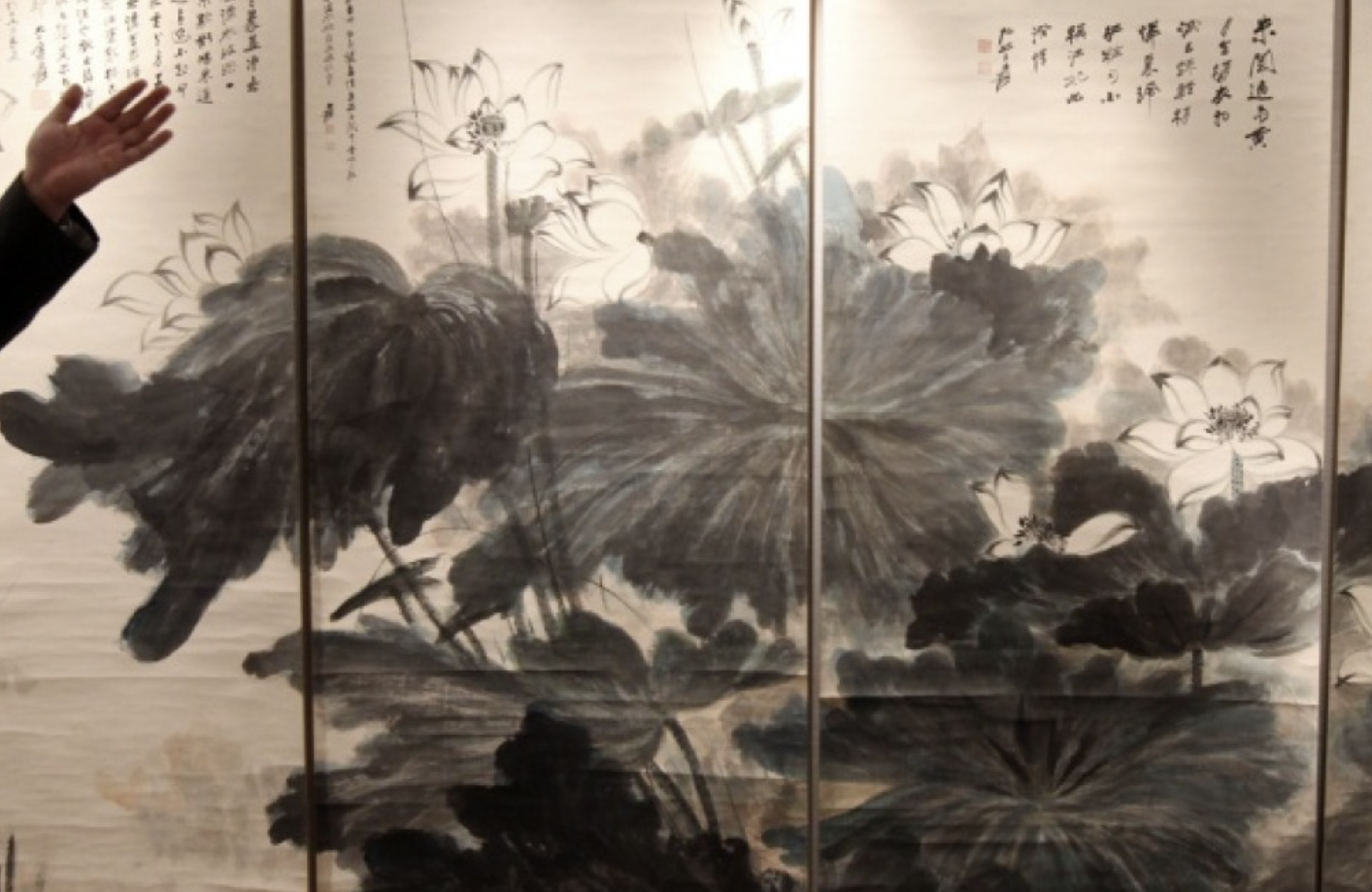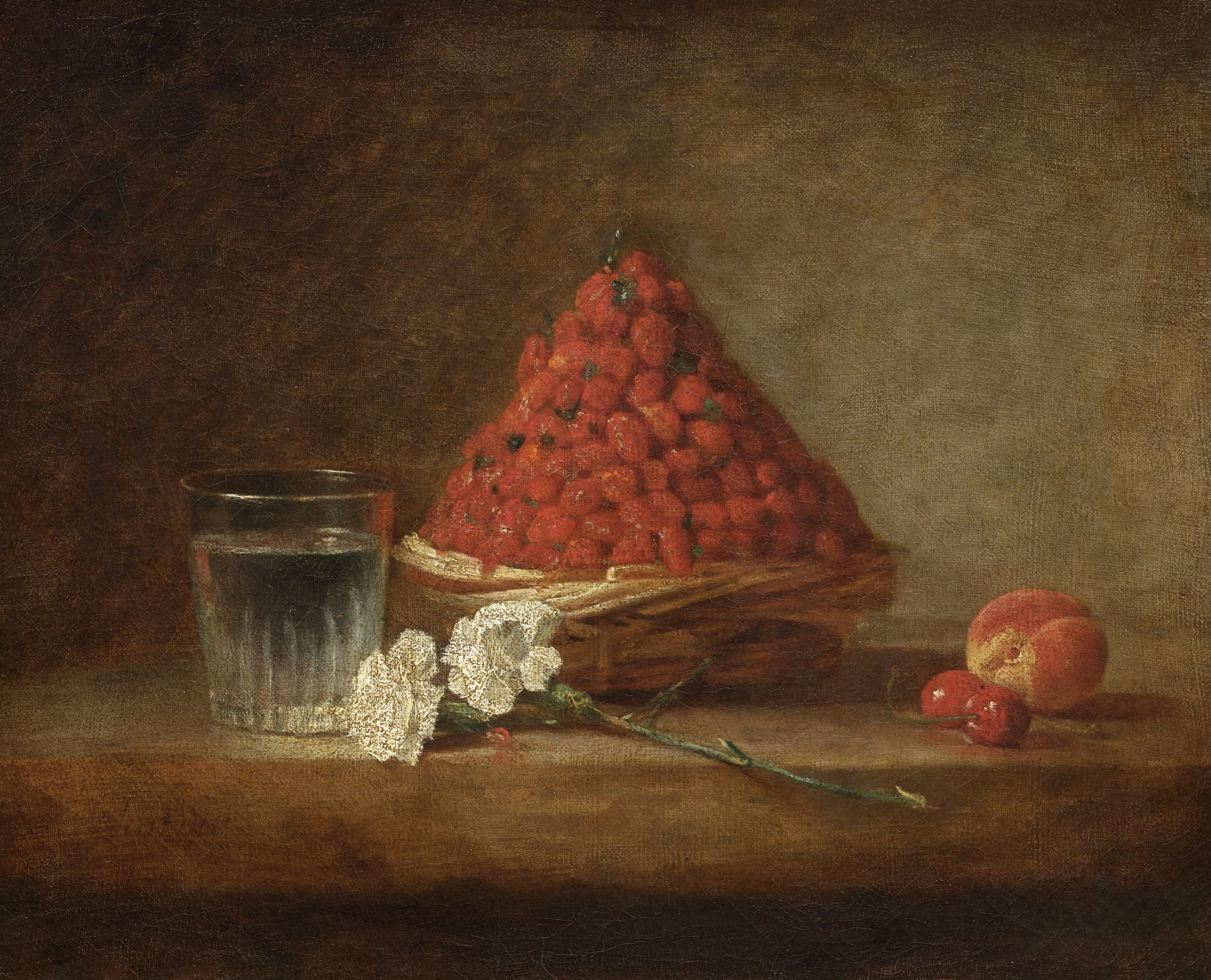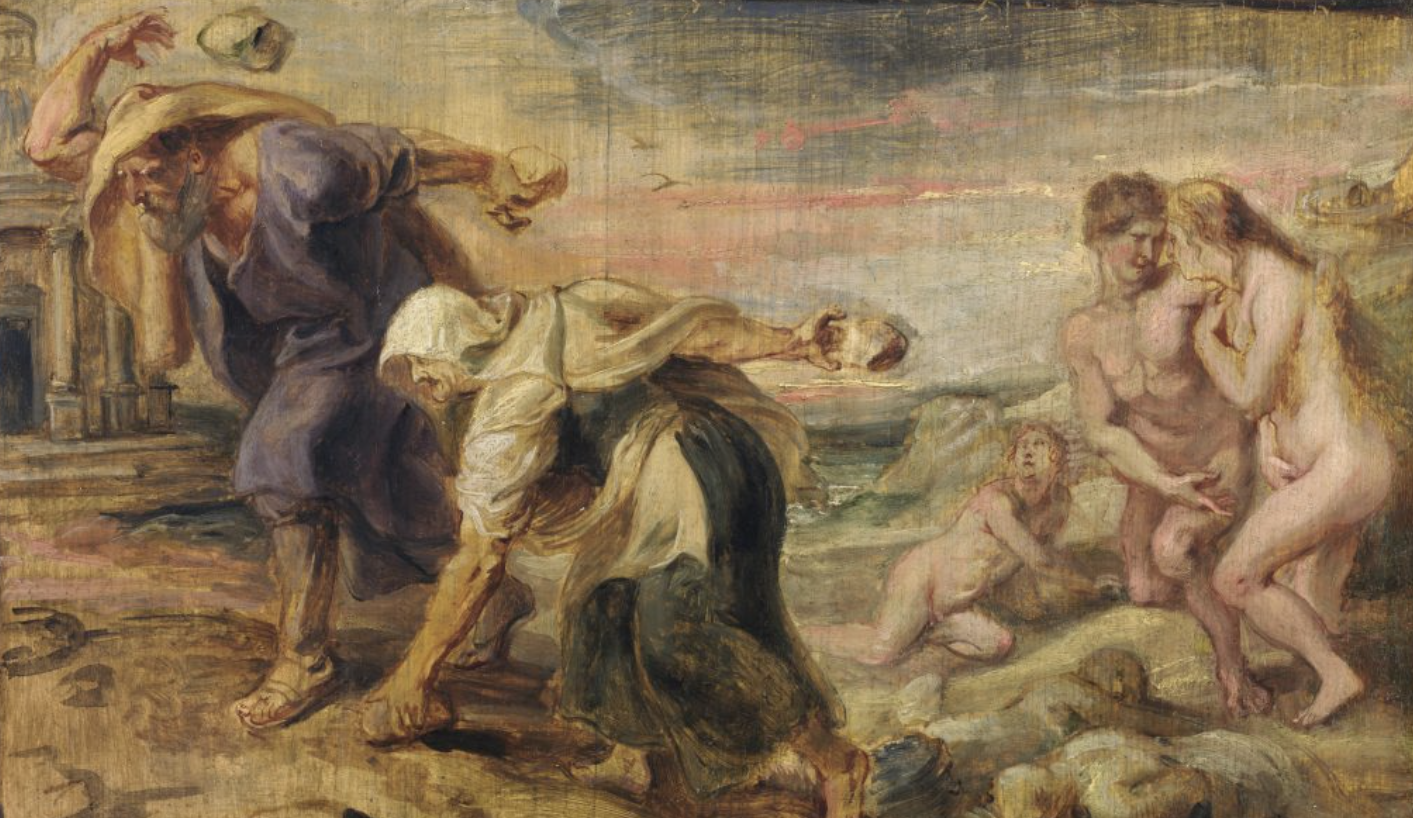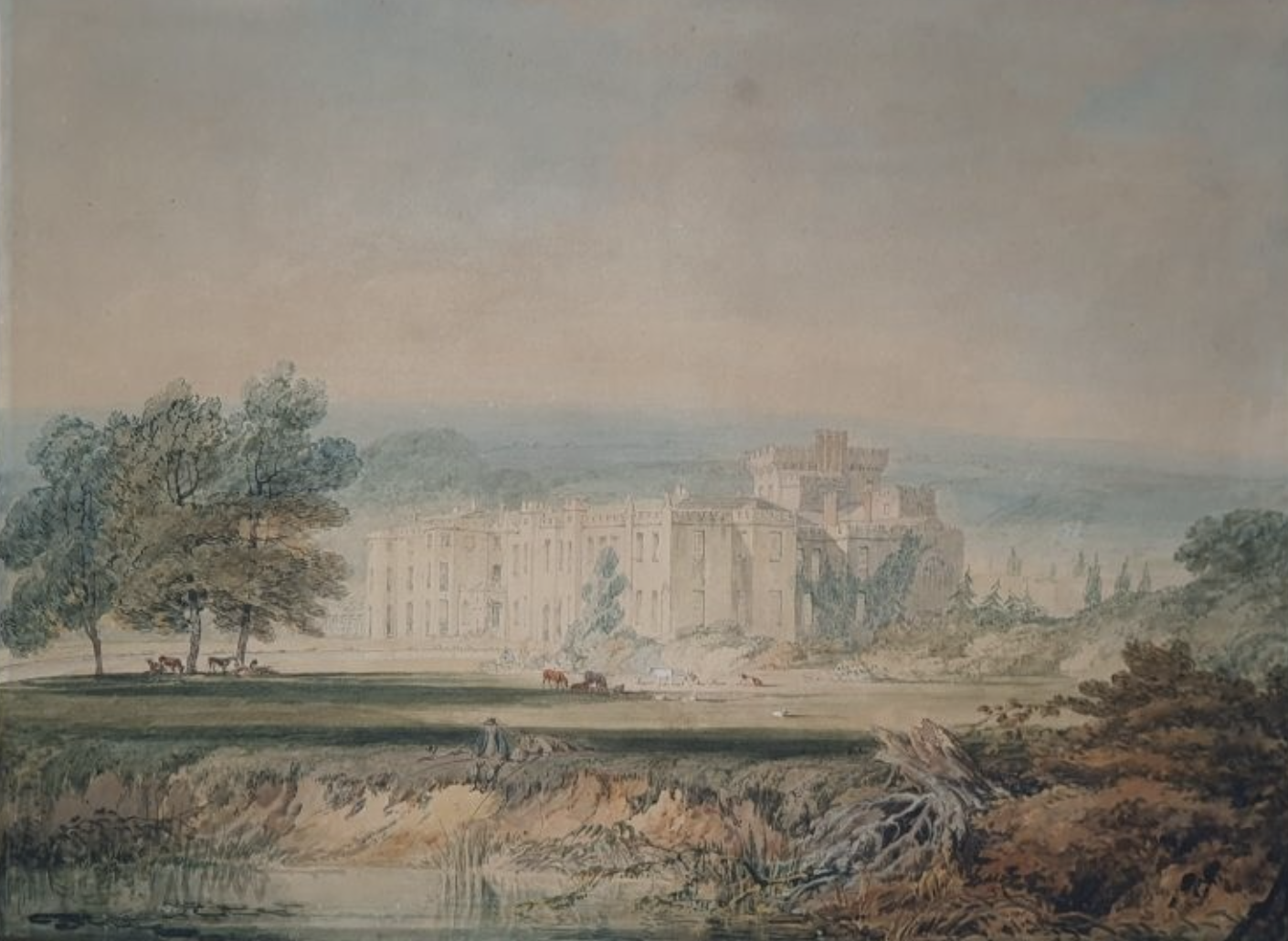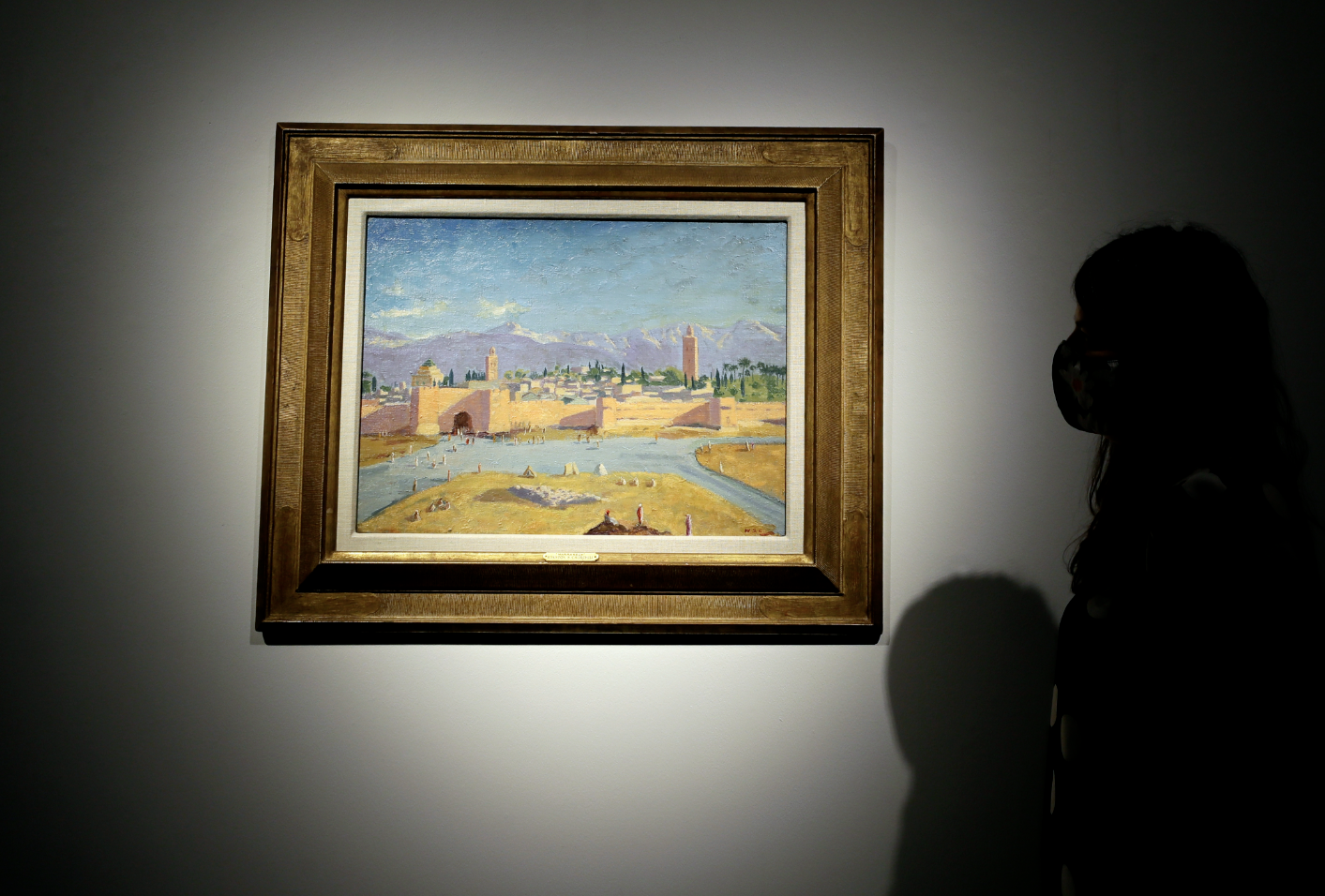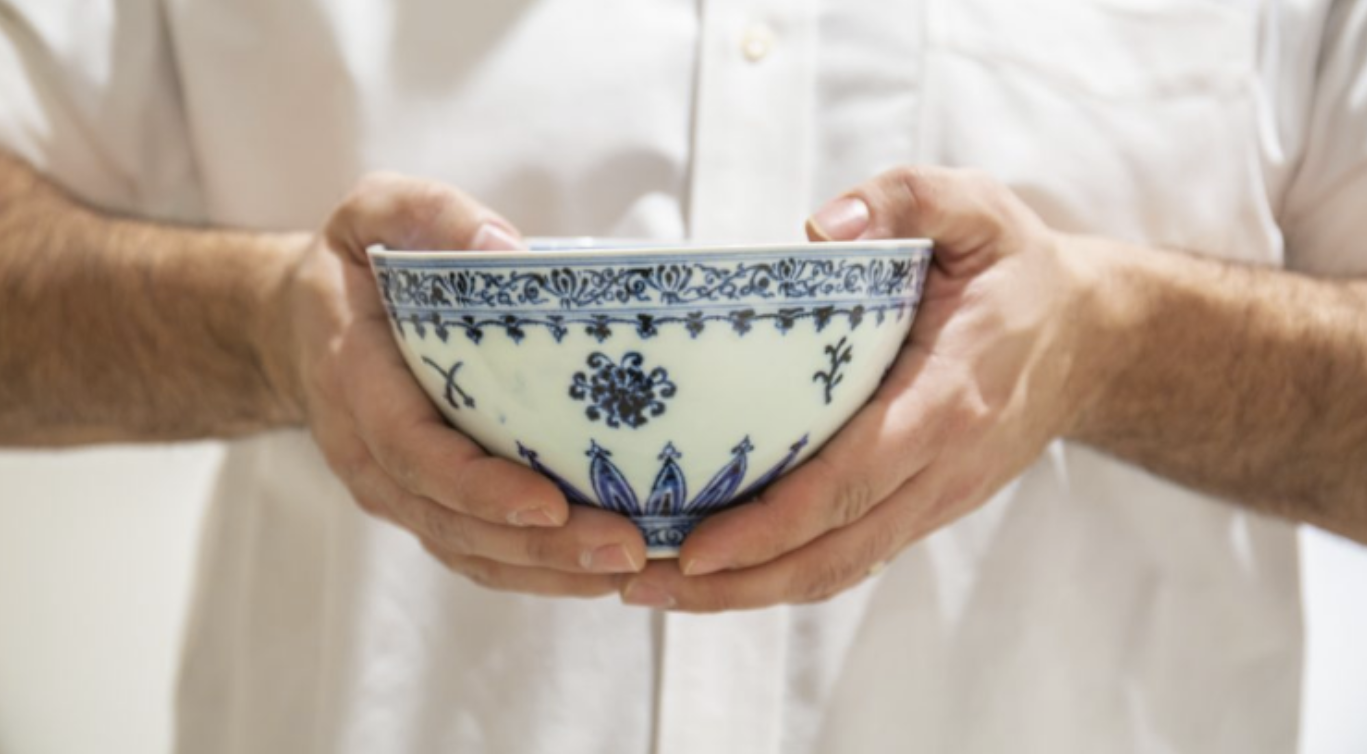
In a remarkable twist of fate, a man discovered a Chinese porcelain bowl at a yard sale in Connecticut for just $35. Fast forward to March 2021, and that same bowl fetched an astonishing $721,800 at auction at Sotheby’s. This unexpected windfall highlights the sometimes jaw-dropping prices achieved at art and antique auctions, and it leaves many of us wondering: what makes certain artifacts, like Chinese porcelain, so valuable?
The white and blue bowl, which measures just over six inches in diameter, features beautiful floral motifs including lotus, peony, chrysanthemum, and pomegranate blossoms, all set on a smooth surface with flawless glazing. Its small size and perfect craftsmanship made it stand out, but what truly added value was its historical significance. Thanks to the expertise of Angela McAteer, head of Sotheby’s Chinese Department, and specialist Hang Yin, the bowl was traced back to the early 15th century, during the reign of the Yongle Emperor, who ruled the Ming dynasty (1368-1644). Under his reign, the practice of applying reign marks to porcelain became common, a mark of quality for imperial ceramics made in Jingdezhen, the heart of porcelain production in China.
Historian Timothy Brook, in his book The Troubled Empire, explains that the tradition of blue and white porcelain actually originated in Persia. Wealthy Persian consumers, restricted from using gold or silver plates due to religious prohibitions, began using blue-and-white ceramics. As Persian potters lacked the necessary skills to create high-quality porcelain, Chinese craftsmen seized the opportunity to produce porcelain for the Persian market starting in the 14th century.
Dr. Amy Matthewson, an expert in Chinese material culture, points out that Chinese porcelain holds a special cultural value due to its distinctive whiteness, smoothness, and translucence. The production process itself is highly specialized, requiring rare clays and high temperatures to fire the porcelain. Jingdezhen’s access to high-quality raw materials, fuel, and transportation allowed it to thrive as the primary center of porcelain production during imperial patronage, further increasing the value of these objects.
Over time, porcelain became a symbol of wealth and sophistication, and its appeal expanded globally. During the 17th and 18th centuries, as global trade grew, Chinese porcelain became highly sought after in Europe, often displayed in the homes of the elite. These porcelain pieces, especially the blue and white varieties from Jingdezhen, were not just decorative objects but a representation of exotic culture and luxury. While the wealthy could afford the authentic pieces, more affordable versions, such as British-made porcelains, flooded the market for the middle and lower classes.
Matthewson notes that when assessing the value of Chinese porcelain, collectors focus less on the artist (as is often the case in Western art) and more on factors like the type of decoration, the emperor’s reign mark, and the quality of glazing. Unlike Western art, where individual artist signatures carry great significance, Chinese porcelain is judged by these objective measures of authenticity and craftsmanship.
The production process was also unique. Pottery workshops often divided tasks among different specialists, with no single artisan overseeing the entire creation of a piece. This led to a collaborative approach where an object could pass through numerous hands, each adding their specialized touch, whether it was in the shaping, glazing, or painting of the design.
Given the rarity of such well-preserved porcelain, it’s no surprise that the $721,800 bowl from the yard sale is considered a once-in-a-lifetime find. As McAteer mentioned, there are only six other bowls of this kind in existence, making it an extraordinary discovery. This sale serves as a reminder to check those old family heirlooms or dusty items tucked away in attics—you never know when you might stumble upon the next big find!




